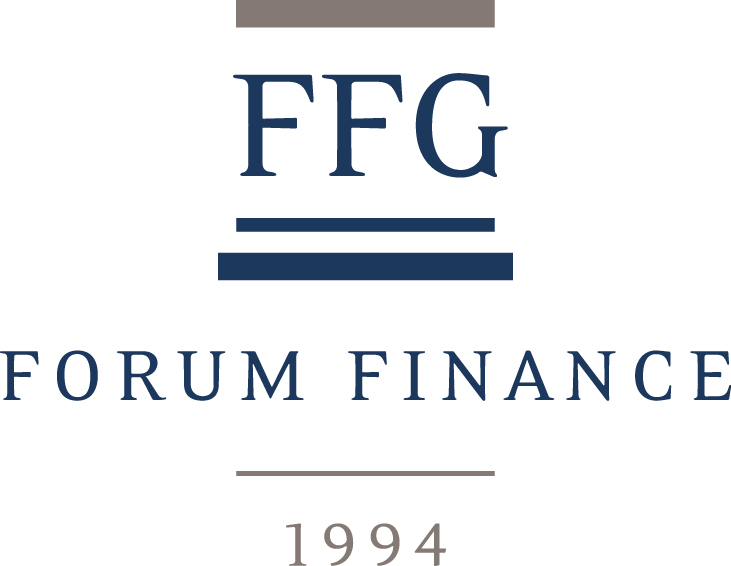Newsletter | March 2022
MARKETS HIT BY HAWKISH CENTRAL BANKS AND DRAMATIC EVENTS IN UKRAINE
– 26% THE COLLAPSE OF THE ROUBLE VS. THE DOLLAR IN FEBRUARY
Investment perspective
It is with a heavy heart that we write this newsletter and our thoughts go out to all the victims of the war in Ukraine. In face of such a human tragedy, to comment on financial markets feels like a somewhat futile exercise but we remain committed to our task.
At the beginning of February, markets continued to price in a higher number of rate hikes by the Federal Reserve and expectations for a rise of rates from the ECB also rose significantly. Equity markets proved to be quite resilient, nevertheless, helped by the reporting of solid earnings generally; there were also some big disappointments, however, from companies including Meta Platforms (ex-Facebook) and Paypal. The second half of the month was mainly driven by the rising geopolitical tensions on the Ukrainian border, and then by the worst case scenario, when Russian forces started to invade Ukraine on February 24th. While European equities dropped steeply that day, as to be expected, US equities ended much higher as they dramatically recovered from a very weak opening. For the whole month, the S&P 500 dropped by 3.1% and the Euro Stoxx 50 by 6%. Big swings were also observed in the bond markets, as an initial rise of long term yields was then mostly erased. The yields of 10-year Treasuries and Bunds rose from 1.78% and 0.01% to 2.05% and 0.32% respectively, before ending February at 1.83% and 0.13%. In the current context, commodity prices have continued to rise, with energy, industrial and precious metals, and grains appreciating strongly. The US dollar ended the month higher, logically, as investors seeked refuge in the greenback.
Investment strategy
The dramatic events in Ukraine have added to the challenges that financial markets had already been facing. Historically, such events had relatively limited and temporary effects on the markets. This seems to be confirmed by their reaction, so far, since the beginning of the Russian invasion. With the obvious exception of Russian assets, European ones have been the worst impacted, as to be expected, but some markets are in positive territory since February 23rd, with others recording limited losses. Our model portfolio’s exposure to European equities has been underweight for some time, essentially due to an overweight towards emerging markets. This explains why we have not cut our allocation to Europe and believe that the broad diversification of the portfolios is well adapted to the current environment. Frequent and sudden rotations between regions, styles, sectors, and market capitalisations should continue to take place at a very fast pace and it is illusory to attempt to constantly be in sync with these shifts.
DEVELOPMENTS IN UKRAINE TO DRIVE MARKET SENTIMENT IN THE NEAR TERM
Portfolio Activity/ News
February was a negative month for the portfolios. As in the previous month, both bond and equity markets were weaker due to rising yields, wider credit spreads and deteriorating market sentiment. European Small Caps and Value, the global technology fund, and emerging market debt were the main detractors. Some positive contributions were provided by the exposure to gold, the healthcare fund and the metal mining fund, which benefited from rising commodity prices. In the alternative space, the long/short credit funds, the Event- Driven strategy, the CTA and Global Macro strategies were resilient and played their part as portfolio diversifiers.
In February, we made some switches in the model portfolios. The emerging markets’ growth equity strategy was replaced by an Asia ex-Japan fund with a value approach. The purpose is to benefit from extremely low valuations for the fund’s companies and to reduce some of the overlap with the China equity fund. A global fund with a focus on growth was also replaced by another global equity fund exposed to “boring” businesses with stable returns. The objective, in both cases, was to reduce some portfolio volatility and to rebalance the allocations to growth and value funds.
Download the Newsletter
